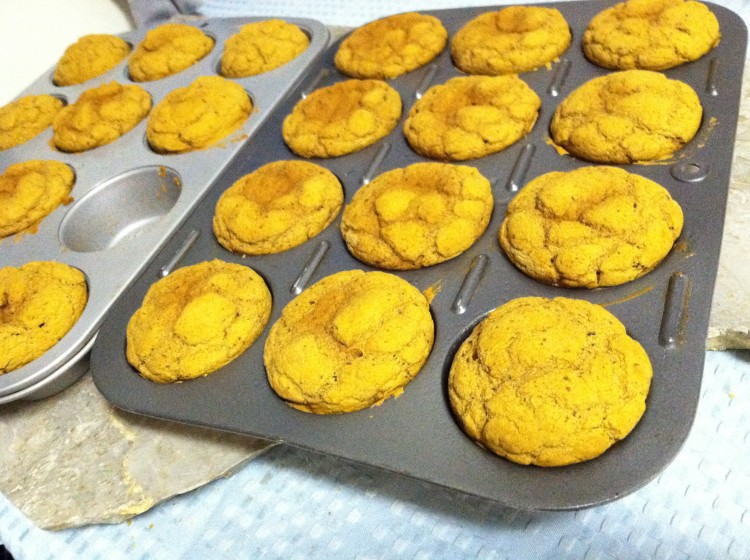Friendly Gut Bugs by Elizabeth Brown, MS, RD
 Registro Probiotics for the health of it!
Registro Probiotics for the health of it!
After a bout of antibiotic therapy for a sinus infection, I have been researching the benefits of probiotics, also known as “friendly bacteria.” Although we think of probiotics as the stuff we get in yogurt or from probiotic supplements, we actually have tons of friendly bacteria living in our digestive system all the time. Just to give you a frame of reference, we have ten trillion cells and about ten times that many gut bugs living harmoniously inside our digestive tract. There are at least 400 known species but how they all function is yet unknown.
I’ve been reading studies about probiotics for the past two weeks. I was hoping by now to tell you all there is to know about probiotics: what they are, where you get them, how much to consume, how often and why. Perhaps if I were working on my dissertation, in about five years I could expound upon the wonders of probiotics.
Like all nutrition science, the science of probiotics is fairly new. The probiotic term only came about in 1965 but friendly gut bacteria are not new at all. They have always been there, living in a symbiotic relationship inside the host body of every man, woman and child as well as some animals and insects.
In the 1800’s French scientist Louis Pasteur hypothesized about the importance of microorganisms in human life. Nobel Prize-winner Elie Metchnikoff wrote in his book ‘The Prolongation of Life’ that he found the secret to longevity in the Russian mountains where the people ate homemade yogurt. In 1906, Henry Tissier, a French pediatrician, observed that children with diarrhea had fewer Y shaped “bifid” bacteria in their stools than healthier children. He suggested that these bacteria could be administered to patients with diarrhea to help restore a healthy gut flora.
Probiotic means “for life.” Probiotics are substances produced by microorganisms to promote growth of other microorganisms. Some define probiotics as “a live microbial feed supplement which beneficially affects the host animal by improving its intestinal balance.” So basically these little bugs aid our overall balance by living in our bodies, helping us digest our food and warding off bad elements. Hmm, sounds like the ideal relationship!
As far back as 5,000 years, people where ingesting probiotics when they ate fermented foods. Designed as a process to preserve foods, fermentation also confers many health benefits.
Probiotics have been touted as digestive aids which may alleviate diarrhea or constipation, help digest fiber-rich food, increase nutrient absorption and perhaps even assist in preventing cancer, reducing upper respiratory distress and decreasing urinary tract infections.
These gut bugs share some common names because they come from the same family or genus such as Lactobacillus, Bifidobacterium, Streptococcus and Saccharomyces. These names are followed by the species name such as Lactobacillus acidophilus which resides in the small intestine or Bifidobacterium lactis which live in the large intestine.
Health claims can only be made about specific strains if there has been adequate research done to show an effect. For example, Lactobacillus rhamnosus GG, a very specific strain of Lactobacillus, have been shown to reduce symptoms of diarrhea associated with rotavirus in children but have not been shown to help with constipation. However, Bifidobacterium lactis have been shown to help alleviate constipation. These bacteria are just two of hundreds of examples of research showing the effectiveness of probiotics in the body.
Although probiotic supplements are sold OTC (over-the-counter), it is best to consult with your healthcare provider before self-diagnosing and treating any digestive disorder with random amounts of probiotic supplements. At the very least, you can always help to replenish your gut bugs with some time honored doses of fermented foods. An age old tradition, fermentation was originally used to preserve food when cold storage was not an option. But even today these foods live on in various cultures for their potential health benefits.
Lubań Probiotic Rich Yogurt
1 quart organic cow’s or goat’s milk
Organic Yogurt (or yogurt starter)



This comment has been removed by a blog administrator.